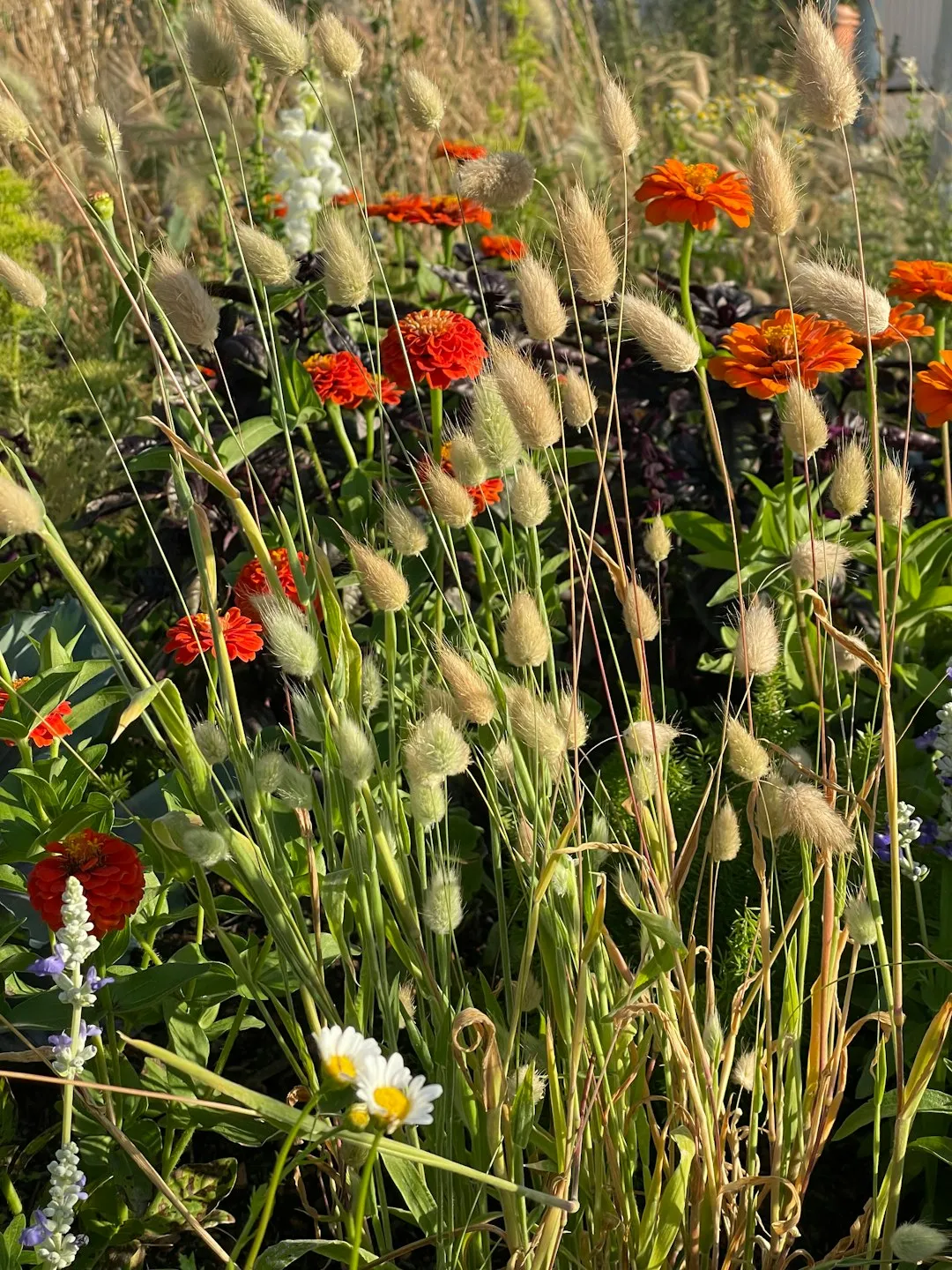Unveiling the Allure of Ornamental Onions in Your Garden

When it comes to gardening, bulbs flowers are a delightful addition to any landscape. Among them, allium varieties stand out with their unique charm. This guide will take you on a journey through the different colors, sizes, and shapes of the flowers that ornamental onions offer, helping you make the most of these beautiful plants in your garden.
Alliums come in a wide range of colors, from the classic white and purple to more unusual shades like pink and blue. The white alliums, such as Allium cristophii, have a delicate and elegant appearance. Their large, spherical flower heads are composed of numerous tiny florets, creating a stunning visual effect. Purple alliums, on the other hand, are bold and eye - catching. Allium hollandicum 'Purple Sensation' is a popular choice, with its deep purple globes that can reach up to 4 - 6 inches in diameter. These purple beauties add a touch of drama to any flower bed.
The size of allium flowers can vary greatly. Some are relatively small, like Allium moly, which has bright yellow star - shaped flowers that are only about an inch across. These small alliums are perfect for edging paths or filling in gaps in a rock garden. In contrast, there are the giants of the allium world. Allium giganteum can grow up to 4 - 5 feet tall, with flower heads that can be over 8 inches in diameter. These towering plants make a real statement in the garden and can be used as focal points.
The shapes of allium flowers are also diverse. Besides the well - known spherical shape, there are alliums with more irregular forms. Allium schubertii has a unique, spidery appearance. Its flower head is made up of long, thin florets that radiate outwards, giving it a wild and exotic look. Allium sphaerocephalon, on the other hand, has an oval - shaped flower head that is a rich, deep red color. This shape is less common among alliums and adds an interesting element to the garden.
When it comes to planting alliums, they are relatively easy to grow. They prefer well - drained soil and full sun. Plant the bulbs in the fall, about 4 - 6 inches deep and 6 - 8 inches apart. Alliums are also quite drought - tolerant once established, making them a low - maintenance option for gardeners. They are also resistant to many pests and diseases, which is a big plus.
In terms of companion planting, alliums pair well with a variety of other plants. Their tall, vertical form can provide a nice contrast to low - growing, spreading plants like sedums or thyme. They also look great when planted with other spring - blooming bulbs, such as tulips and daffodils. The different colors and shapes of alliums can add depth and interest to a mixed bulb border.
Alliums are not only beautiful in the garden but also make excellent cut flowers. Their long stems and unique flower heads can be used to create stunning floral arrangements. Cut the flowers when they are fully open for the longest vase life. They can last up to a week in a vase, adding a touch of the garden indoors.
As the seasons change, alliums have their own life cycle. In the spring, they emerge from the ground and start to grow rapidly. The flower heads develop and bloom, creating a spectacular display. After the flowers fade, the foliage will start to die back. It's important to let the foliage die naturally, as this allows the bulbs to store energy for the next year. Once the foliage has completely withered, you can cut it back.
In conclusion, allium varieties offer a wonderful array of colors, sizes, and shapes that can enhance any garden. Whether you are a beginner gardener or an experienced horticulturist, there is an allium for you. By incorporating these ornamental onions into your garden, you can create a landscape that is both beautiful and unique. So, go ahead and explore the world of alliums and see the magic they can bring to your outdoor space.